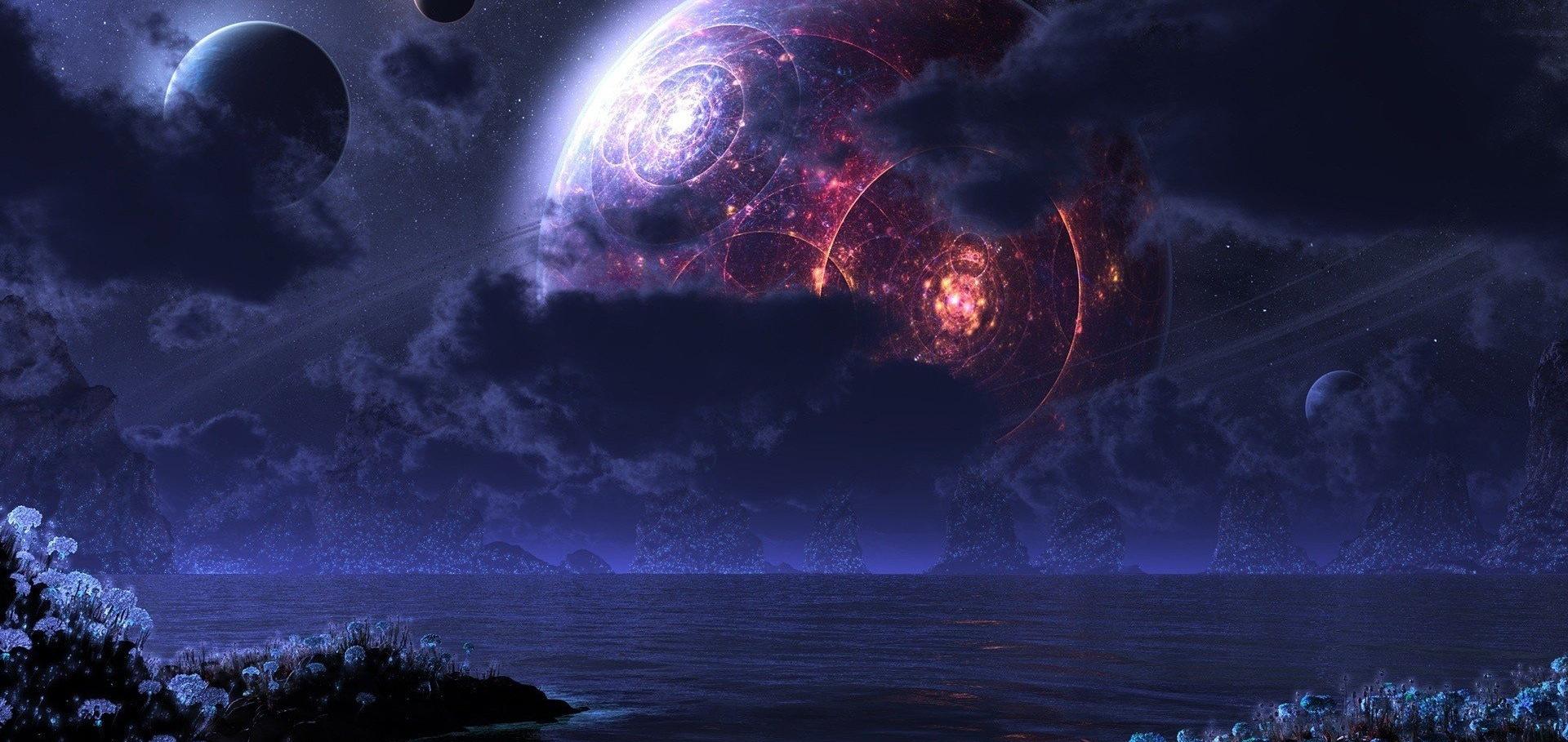Laboratory measurements of resistivity in warm dense plasmas relevant to the microphysics of brown dwarfs
Nature Communications Springer Nature 6:1 (2015) 8742
Laser-driven platform for generation and characterization of strong quasi-static magnetic fields
New Journal of Physics IOP Publishing 17:8 (2015) 083051
Developed turbulence and nonlinear amplification of magnetic fields in laboratory and astrophysical plasmas.
Proceedings of the National Academy of Sciences of the United States of America National Academy of Sciences 112:27 (2015) 8211-8215
Abstract:
The visible matter in the universe is turbulent and magnetized. Turbulence in galaxy clusters is produced by mergers and by jets of the central galaxies and believed responsible for the amplification of magnetic fields. We report on experiments looking at the collision of two laser-produced plasma clouds, mimicking, in the laboratory, a cluster merger event. By measuring the spectrum of the density fluctuations, we infer developed, Kolmogorov-like turbulence. From spectral line broadening, we estimate a level of turbulence consistent with turbulent heating balancing radiative cooling, as it likely does in galaxy clusters. We show that the magnetic field is amplified by turbulent motions, reaching a nonlinear regime that is a precursor to turbulent dynamo. Thus, our experiment provides a promising platform for understanding the structure of turbulence and the amplification of magnetic fields in the universe.Collisionless shock experiments with lasers and observation of Weibel instabilitiesa)
Physics of Plasmas AIP Publishing 22:5 (2015) 056311
The complex ion structure of warm dense carbon measured by spectrally resolved x-ray scatteringa)
Physics of Plasmas AIP Publishing 22:5 (2015) 056307


